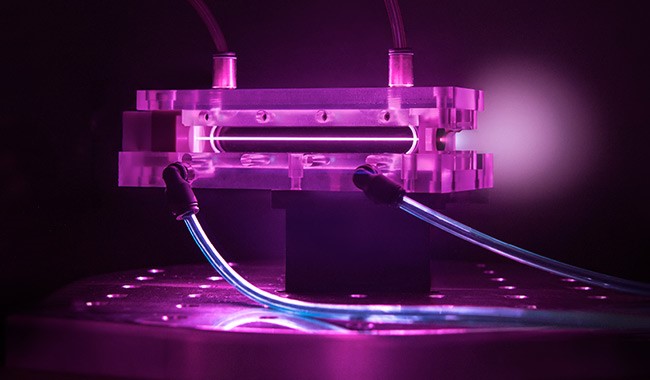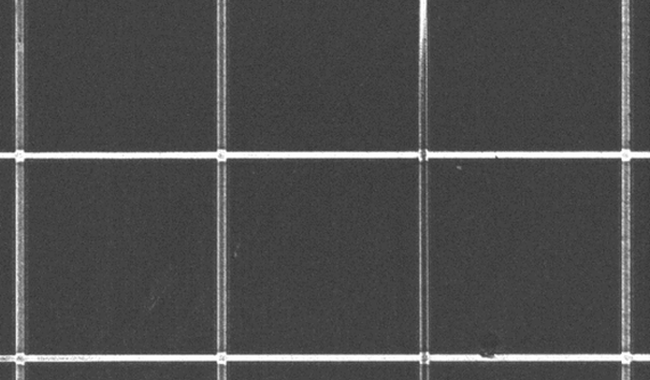Using DMC software the customer is able to control a complex laser machining R&D system. All the devices including stages, scanners, two laser sources and cameras are connected together to provide a seamless and intuitive workflow.
Height sensor and automatic visual alignment makes the process quicker and requires less operator input. Power meter integration allows for precise and repeatable measurements regardless of changes in the optical path or environmental conditions.




